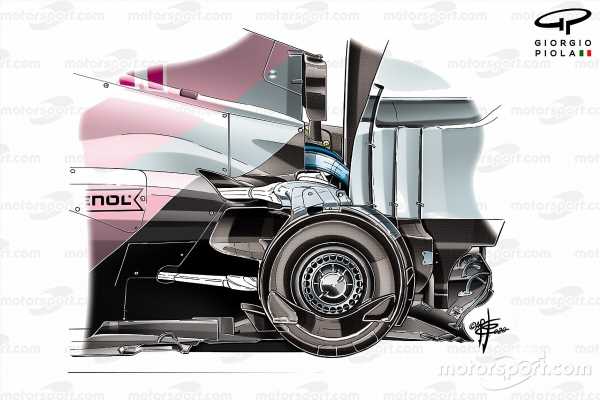The decision to uphold Renault’s protest on Racing Point’s brake ducts has sent significant shockwaves through the paddock, and looks like it will do for some time to come.
The FIA’s extensive stewards statement outlined its arguments in detail, but it is clear that just as many questions as answers have been prompted by the outcome.
There is no denying it is a complicated matter. The main defence from Racing Point relates to the transition of brake ducts from non-listed to listed parts for 2020.
Its argument is that under the 2019 regulations it could purchase brake ducts and CAD drawings from Mercedes as non-listed parts, and in doing so be able to use that knowledge to assist in the design of it 2020 parts which would then be considered listed.
The FIA acknowledged that the transitional nature of these regulations did leave the door ajar for some ambiguity. However, the overriding factors that must be taken into account given that brake ducts are now considered listed parts, are whether the team carried out enough work of its own for the design to be considered theirs and not that of another competitor.
As such, the FIA decided that only the rear brake ducts are truly in breach of being exact replicas of the design used by Mercedes in 2019 and have applied penalties and fines on that basis.
This is based on a view that Racing Point had access to data from Mercedes late in 2018 / early 2019 that allowed it to design, build and optimise its own brake duct design in a way that not only complimented its chosen heat management targets but also its aerodynamic package for that season.
Source: Read Full Article
